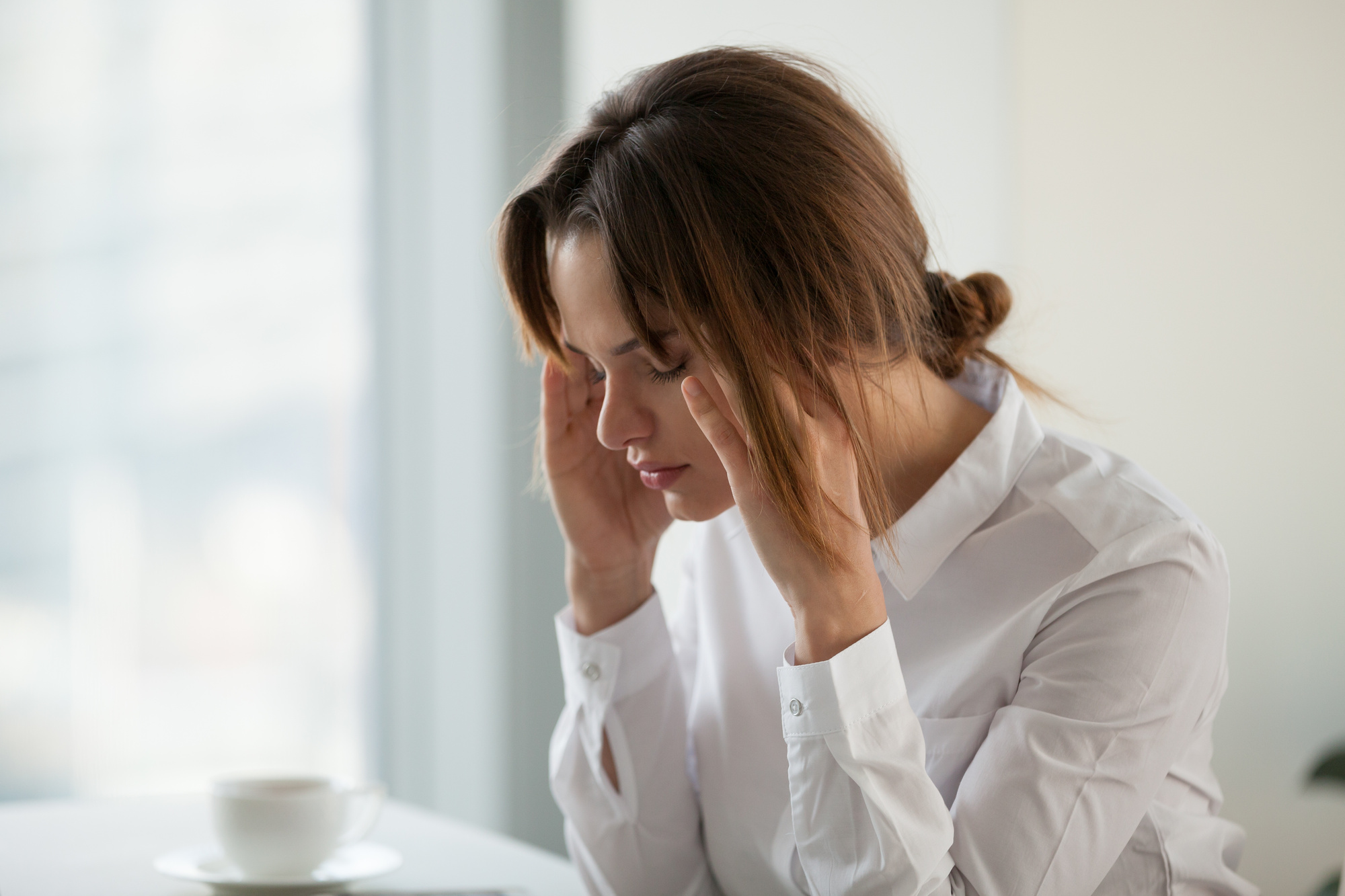Panic vs Anxiety: The Key Differences, Explained

When the unexpected happens, your body naturally reacts in a state of panic. When it happens too often, you can also become anxious. But how are panic and anxiety different?
If you haven’t had panic or anxiety, it may be hard to tell the difference between the two. They are both caused by an internal or external spark that makes the body and minds more sensitive. The things that cause panic and anxiety are not the same, and these are the most important differences you need to know to spot both and get the right care.
Here is a quick guide to the differences between panic vs anxiety.
Table of Contents
What is Anxiety Disorder?
Anxiety disorder is a mental illness characterized by excessive worry and fear. It can affect how a person goes about their daily activities and their ability to think, function and sleep.
What is Panic Disorder?
Panic disorder is a condition that involves repeated episodes of intense fear or terror. This is generally referred to as “panic attacks”.
These panic attacks can come out of nowhere and anytime. It usually peaks in under ten minutes or less. These are often accompanied by physical symptoms such as difficulty breathing and chest pains.
Separating Panic vs Anxiety
To understand the differences between panic and anxiety and to deal with them successfully, it’s important to tell them apart.
In general, panic is short-lived, while anxiety lasts longer. If you have an anxiety problem, you may feel afraid or anxious all the time.
Anxiety is more likely to cause mental feelings like worrying, irritability, restlessness, and dread. Panic is more likely to cause physical responses like an increased heart rate, dizziness, and a fear of losing control.
Both can hurt a person’s life if they get worse, so knowing the key differences between them can help manage and finally get rid of the symptoms.
Unpacking the Signs and Symptoms
It can be hard to tell the difference between the signs and symptoms of panic and anxiety, but knowing the key differences is an important first step in taking control of these feelings.
Panic is a response to sudden fear or worry that usually comes on quickly and with more force. On the other hand, anxiety is a long-lasting feeling of worry or fear about bad things that might happen.
Panic often causes physical symptoms like a racing heart, more sweating, and trouble breathing. Anxiety can cause more mental symptoms like excessive thinking, feeling disconnected from reality, and trouble focusing.
It’s important to know how fear and anxiety show up in your body and mind so that you can use the best ways to deal with them.
Having a plan for what to do when you notice the signs and symptoms of either emotion can be very helpful in a disaster.
Recognizing Triggers of Panic and Anxiety
People can better deal with fear and anxiety if they know what makes them start to feel that way. Panic and anxiety are brought about by the following conditions:
- a traumatic event or experience
- a harmful thought pattern or belief
- a stressful situation
- a physical or environmental change
People should pay attention to any physical changes in their body, like a faster heart rate or shallower breathing, when trying to figure out what makes them worry or feel anxious. It helps to keep track of thoughts, feelings, and actions to see if there are any trends that lead to panic attacks or anxiety.
Coping Strategies
Different people and different situations need different ways to deal with fear and anxiety. By calming the body and mind, relaxation methods like slow, deep breathing, meditation, and yoga can help people feel less panic and anxiety.
Getting support from family and friends and spending time with them can also help you deal with stress. The first step in coming up with good ways to deal with fear and anxiety is to understand the differences between the two.
Treatment and Care
Panic can be treated with breathing techniques, therapy, and medicine. On the other hand, someone with an anxiety condition lives with a strong fear every day for weeks or months. Anxiety can be treated with a mix of talk therapy, cognitive-behavioral therapy, relaxation methods, and medicine.
Care for both conditions often includes talking therapies like mindfulness and using helpful tools to deal with nervous thoughts and feelings. In the end, treating panic and anxiety depends on a careful assessment of the patient’s wants and goals, which can be different for each person.
When to Seek Professional Help
When it comes to getting professional help, the best way to deal with fear is often through counseling, medication, or short-term solutions like yoga or meditation. For anxiety, long-term therapy may be needed to figure out the cause of the worry and learn how to deal with it in the long term.
In some cases, medication may also be necessary. In either case, it is important to seek treatment here or get professional help as soon as symptoms arise in order to prevent them from getting worse.
Getting a Hold of Panic and Anxiety Before It’s Too Late
Although panic and anxiety have similar symptoms, the key differences between panic vs anxiety lie in the onset, duration, and treatment. Panic attacks can be treated with cognitive behavioral therapies to help reduce the frequency and severity of attacks, while anxiety might require a range of treatments, from medications to various types of therapy.
If you think you or someone you know might be suffering from either disorder, it’s best to consult a mental health professional for a proper diagnosis.
Check out our other blog posts for more health and lifestyle tips.






